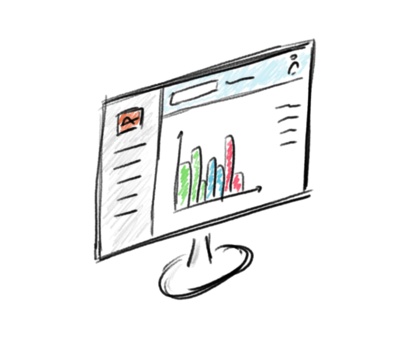
Back Office Application (CMP)
A dedicated back office allows you to define elements requiring the collection of consents from end users. We are currently handling elements such as processing, preferences and terms of use with specific business rules.
Once defined and published, models are then available to be collected in any specific context.
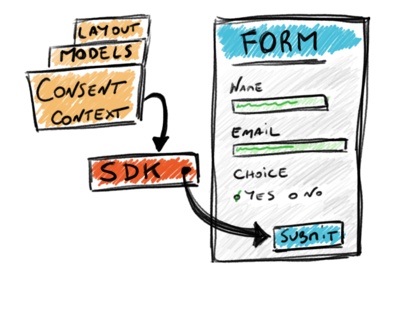
Easy Integration
Once some processing models or preferences are set, you can start collecting.
In order to collect consent in your existing websites or mobile apps, all you need to do is to use the provided SDK and a few lines of javascript to put together what you need in a consent context.
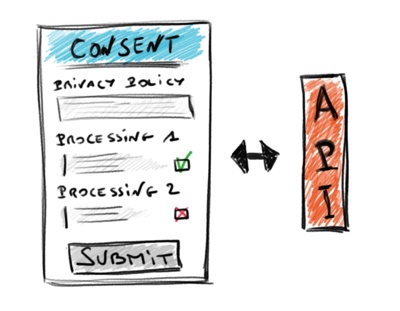
Consent & Preference Form
A specific form is then generated according to a Consent Context specified for a dedicated subject.
The form is aware of the user’s previous choices and, for example, can be hidden in case of elements already consented.
Consent and preference collection forms are easy to embed using a pre-rendered HTML form in an IFrame or using the API directly.
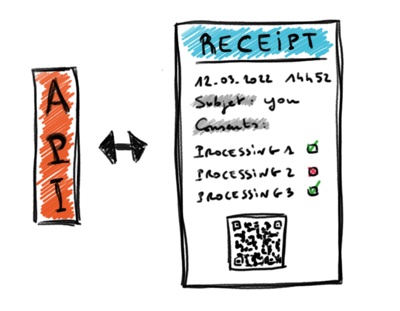
Consent Receipt
At the end of the process, a Consent Receipt is generated and stored for proof and exchange.
The receipt may include attachments to reinforce the proof such as the form displayed or proof of validation (SMS code, electronic signature).
It allows counterparties to keep track of the consent but also to embed a QR Code that can be used by the owner to modify its choices at any time during the validity of the consent.
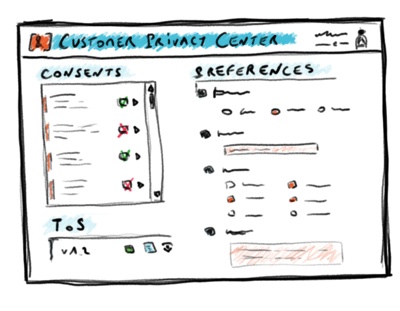
Privacy Center / Preference Center
A dedicated configurable Privacy Center allows viewing all consents and preferences given, retrieving past receipts and modifying choices.
It can also be accessed by an operator or by the end user itself. Use Consent Mangement Platform (CMP) and Data Privacy to create value with trust.
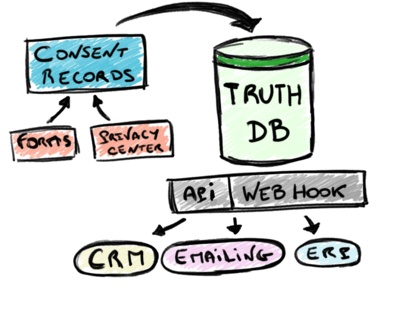
Records Database
Finally, in order to propagate user choices to existing systems, all generated records are centralised in a single database accessible via the API or by registering Webhooks.
It ensures that any system that relies on user consent or preferences will be aware of changes made either through the contextual collection of consent or through the privacy center channel.